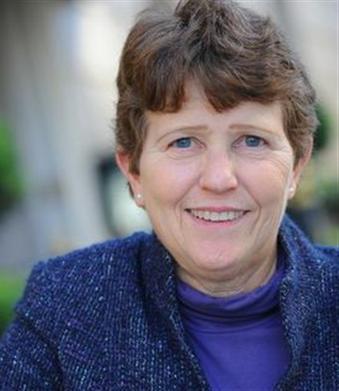Sample Newsletter from July 2020
Hello everyone,
Thank you for signing up for my newsletter. I’m planning to send something about once each month and I promise I will keep it short and sweet!
The pandemic has certainly uprooted my summer plans, as I sure it has yours. Next week I would normally be at the Experimental Aircraft Association’s AirVenture in Oshkosh, Wisconsin, where I usually give several presentations and do book signings. This year I was planning to give a presentation on the early days of combat search and rescue during the Vietnam War. Maybe next year! Last year I gave presentations on “Unforgotten Fighters: The F-8 and the F-100” and “The History of Transcontinental Speed Records.” I’m planning to turn elements of both of those into blog posts, so be sure to check the blog on my website from time to time: https://eileenbjorkman.com/blog
I recently posted about Richard T. Kight, who many consider to be the father of the U.S. Air Force’s search and rescue services. He is someone that I wanted to write about more in my upcoming book, Unforgotten in the Gulf of Tonkin: A Story of the U.S. Military’s Commitment to Leave No One Behind, but I didn’t have enough room. I hope my blog post helps makes up for that. There has been very little written about Kight, so I hoping to do some research on him someday a produce a fuller account of all the things he did for the Air Force.
If you don’t follow me on Twitter (@AviationHistGal) here are some things I’ve been posting about lately (with some added tidbits for you, since here I don’t have to adhere to a 280-character limit):
My 1988 flight in Brazil in an AT-26 Xavante aircraft, for which I received a certificate stating in part, “took the XAVANTE without ever having read the Technical Order or even the List of Aircraft Checks … proves this is another ‘CRAZY AVIATOR’ or really believes EMBRAER makes excellent machines.” Actually, I was flying in the back seat as a flight test engineer with a Brazilian instructor pilot in the front seat, so I felt pretty safe!
On July 16, 1957, USMC Major John Glenn flew an F-8 coast-to-coast in afterburner except for three air-to-air refuelings. The flight was ostensibly to demonstrate the engine’s ruggedness, but it also briefly stole the transcontinental speed record from the USAF. When I interviewed John Glenn about this in 2015, he was still mad at the USAF for not letting him use the newer and faster KC-135s for refueling! He had to use older propeller-driven refueling aircraft, which slowed him down and made it easier for the USAF to snatch the transcontinental record back again about a month later.
Until next time!
Eileen

